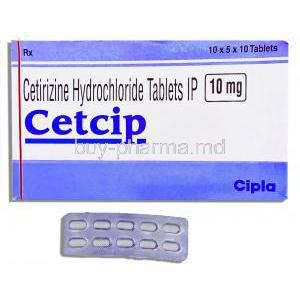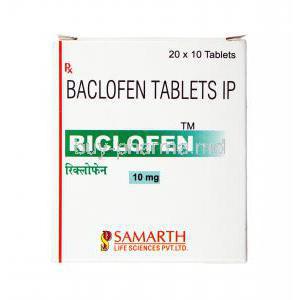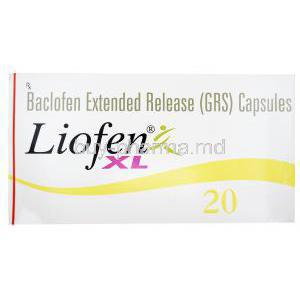Acetaminophen (Paracetamol)
- I. Introduction
- II. Composition
- III. Uses
- IV. Off-Label Use
- V. How it Works
- VI. Dosage and Administration
- VII. Side Effects
- VIII. Important Precautions
- IX. Interaction
- X. Warning
- XI. Contraindication
- XII. Careful Administration
- XIII. Administration to Special Populations
- XIV. Overdose
- XV. Storage
- XVI. Handling Precautions
I. Introduction
Acetaminophen, well known for its ability to lower fever and alleviate pain, plays a role in the treatment of mild to moderate pain and high body temperature. The origins of Acetaminophen date to the late 1800s, representing a significant milestone in the development of nonprescription drugs. Its essential contribution to healthcare is highlighted by its presence on the World Health Organization's list of necessary medications, emphasizing its vital role in healthcare worldwide.
II. Composition
Acetaminophen's molecular makeup highlights it as a powerful pain reliever and fever reducer. It is known for its uncomplicated chemical structure, which allows for a wide range of medical uses. With options like tablets, liquid suspensions, and rectal suppositories, Acetaminophen provides flexibility in how it can be taken to cater to different patient requirements and choices.
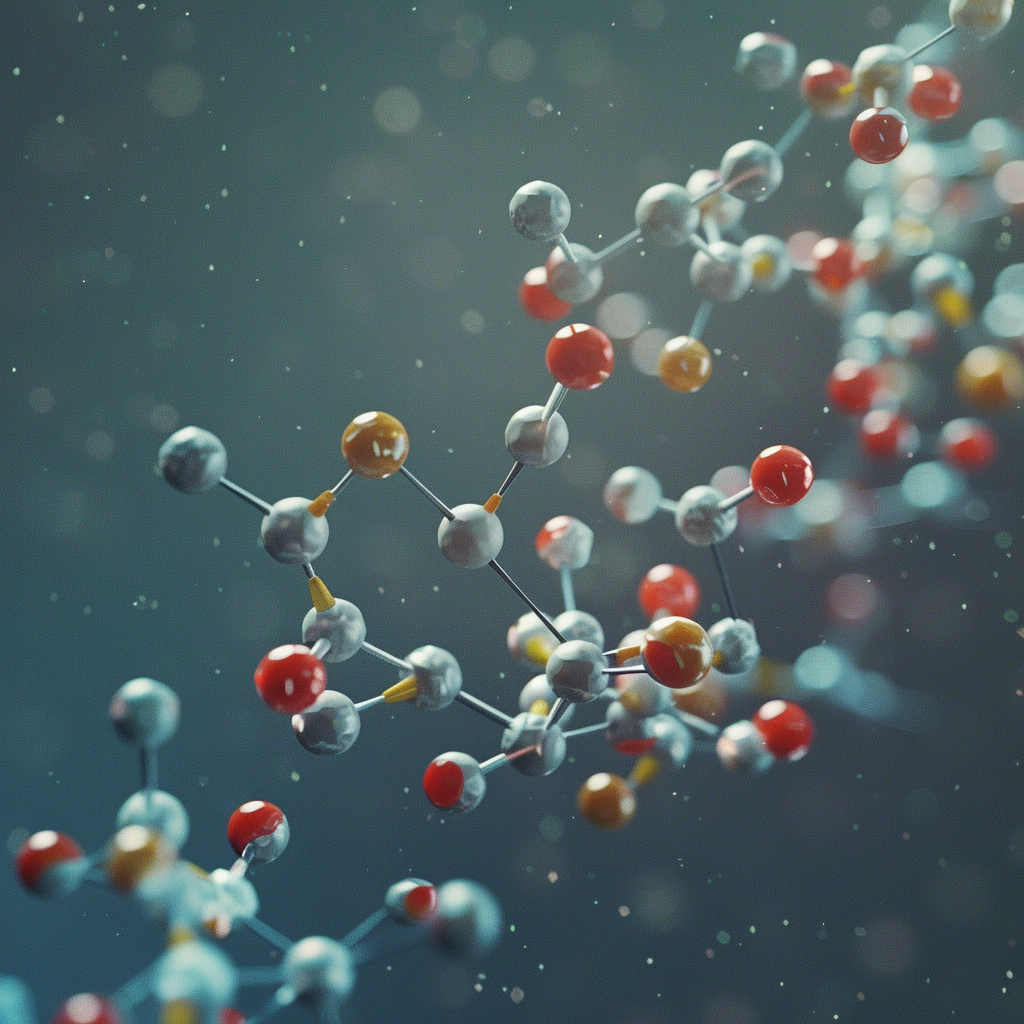
III. Uses
-
- Acetaminophen (paracetamol) is a widely used pain reliever.
- It has been proven effective in easing various types of pain, including:
- Headaches
- Menstrual cramps
- Postoperative discomfort
- Patients benefit from its pain-relieving properties12.
-
Fever Reduction Effects:
- Acetaminophen plays a crucial role in lowering fever levels.
- This aids in patient comfort and supports recovery during infectious illnesses.
- It is commonly used to manage fever associated with colds, flu, and other infections1.
IV. Off-Label Use
- Acetaminophen’s versatility extends beyond its primary purposes.
- It has been found useful in various scenarios, including:
- Easing neuropathic pain
- Preventing fever after vaccinations
- Pediatric applications
- Exploring new therapeutic uses in medical settings1.
V. How it Works
The way Acetaminophen works isn't obvious. It's thought to block the COX enzyme pathway in the central nervous system, which helps stop pain and fever signals. Its special way of affecting the body's pain and fever processes sets it apart from pain relievers, making it a safer option.

VI. Dosage and Administration
The dosing of Acetaminophen is adjusted based on requirements, with recommended amounts that differ depending on age and health conditions. It can be taken orally, rectally, or intravenously, offering ways to take it. Certain groups, like adults and individuals with liver or kidney issues, might need dosage changes for safety reasons.
VII. Side Effects
While Acetaminophen is usually well received, its usage can result in a variety of side effects, from ones like feeling nauseous and dizzy to more serious issues such as liver damage and uncommon skin reactions. Recognizing and promptly addressing these outcomes is crucial in medical settings.
VIII. Important Precautions
The safe use of Acetaminophen is crucial due to the risk of liver damage in case of an overdose. Drinking alcohol at the time can make this risk worse so it's important for patients to be informed about using it safely. Additionally, people with liver or kidney issues need special attention and monitoring to prevent any negative effects.
IX. Interaction
Understanding how Acetaminophen works in the body and its effects when combined with substances is important. When taken together with Warfarin, it can enhance the blood thinning effects, while mixing it with alcohol can worsen liver damage. Using pain relievers like NSAIDs alongside Acetaminophen may also increase the chances of negative reactions. Although interactions with food are less significant, they should still be considered to ensure absorption and effectiveness. Additionally, the byproducts of Acetaminophen can influence medical tests, potentially causing inaccurate results in blood sugar or liver function tests.
X. Warning
The FDA has cautioned against the risks of causing liver harm due to excessive Acetaminophen consumption, highlighting the necessity of following prescribed dosages. Acetaminophens regulatory standing requires labeling when included in combination products. Recommendations for Safe Use stress the need to monitor daily intake from various sources. Public Health Notices also underscore the dangers of use and stress the significance of educating patients to prevent overdoses.
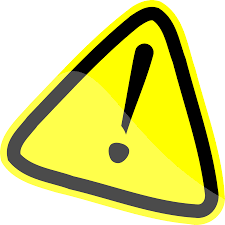
XI. Contraindication
People who are allergic to acetaminophen or have had serious skin reactions should not take it. It's also not recommended for those with liver issues or liver disease, as acetaminophen can harm the liver. To prevent any effects, it's crucial to check a patient's medical history and conduct tests to identify these situations where acetaminophen should be avoided.
XII. Careful Administration
It's crucial to care for Acetaminophen, especially when dealing with groups. It is recommended to keep an eye on liver function for individuals using this term or who face a higher risk of liver damage. Adjusting the dosage for patients might be needed to account for changes in how their bodies process the medication due to age. When it comes to women and breastfeeding mothers it's important to balance the advantages against any possible risks and opt, for the smallest effective amount.
XIII. Administration to Special Populations
- Elderly individuals may need doses to accommodate changes in liver and kidney function, reducing the chance of negative reactions.
- For nursing women, it is generally safe to use standard doses, but consulting healthcare professionals is advised.
- When it comes to children it is important to follow age dosages carefully to ensure safety and prevent accidental overdosing.
XIV. Overdose
Symptoms of taking too much Acetaminophen include feeling nauseous, throwing up, sweating, and looking pale, followed by pain in the stomach area. The first step is to give N acetylcysteine as a remedy, best done within 8 hours of taking the medication. After that, it's important to take care of your liver and learn how to avoid situations in the future by following dosage instructions carefully.
XV. Storage
To ensure that Acetaminophen works effectively, it's important to store it in a cool, dry place away from sunlight. Knowing the shelf life and expiration dates is crucial for preserving its healing properties. When getting rid of medication, follow local regulations to avoid accidental ingestion and protect the environment.
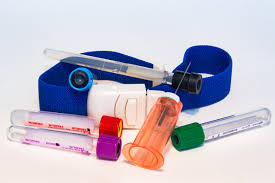
XVI. Handling Precautions
Following safety protocols help lower the chances of contact and maintain the effectiveness of the medicine. Healthcare professionals and caregivers need to be cautious to prevent the spreading of germs between patients in medical environments. Guidelines for healthcare workers and caregivers cover dosage, how to administer medication properly, and educating patients to enhance treatment results while reducing potential harm.















